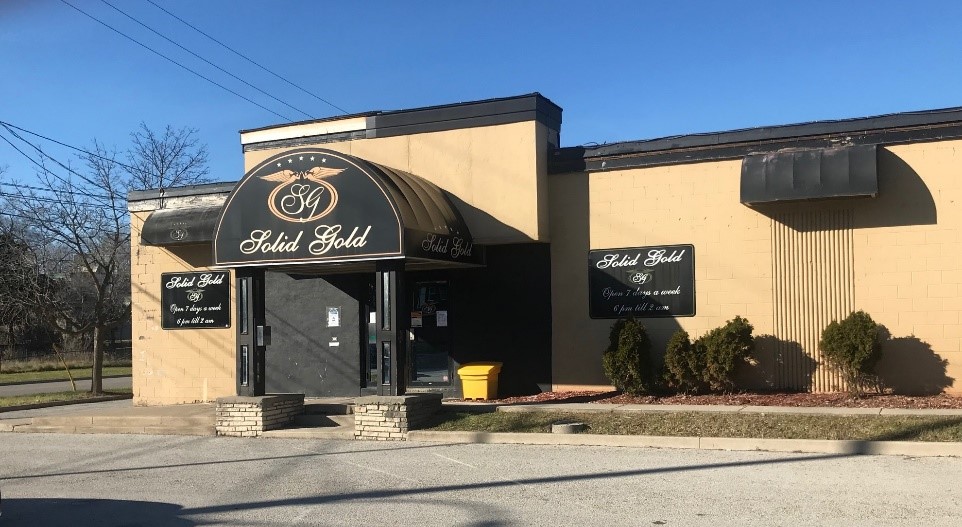Opinion. By Mike Collins-Williams, RPP, MCIP – CEO West End Home Builders’ Association
The Canadian dream of owning a home has become unattainable for our younger generations. Today, even during a global pandemic, we are witnessing month after month of record-breaking home sales and price increases as people are leaving Toronto in search of more affordable housing. This is directly impacting Burlington, as housing is steadily becoming more expensive, making both home ownership and stable rental tenure less attainable. Despite the fact that these generations have played by the book — acquired university degrees, post-secondary degrees, secured full time jobs — the average price of a home in Burlington is more than one million dollars. This price range is unaffordable for even some of the highest paying occupations in the area and beyond. We are literally witnessing the erosion of the middle class due to the high cost of housing.
The seeds of the current boom in home prices were planted well before the pandemic. Housing prices are complicated, but like anything else, they are primarily a function of supply and demand. An under-appreciated driver of Ontario’s housing boom is the increase in the number of people moving to the province. In fact, the growth rate in Ontario nearly doubled as the population grew by one million people in the last five years. However, despite this significant increase in population, the rate of housing completions barely budged.

Without a corresponding increase in housing construction, this jump in our growth rate has resulted in a shortage of family housing that started in the Toronto market and is rapidly radiating across the province, to Burlington and beyond. Housing supply and demand have fallen completely out of step due to bottlenecks, principally at the municipal level.
The Greater Golden Horseshoe is Canada’s primary economic engine and the fastest growing region in North America. As such, it is crucial that the province, the Region of Halton and the City of Burlington work together to plan for a sufficient supply and mix of housing. The provincial forecasts of population growth in Halton Region project that we will grow from a population of 618,000 in 2021 to just over 1.1 million by 2051. This growth is being fueled by in-migration from within the Greater Toronto and Hamilton Area (GTHA), principally Toronto and Peel. While the pandemic has created a degree of uncertainty, the provincial planning policy framework established through the Growth Plan is underpinned by strong demographic analysis. The market-based approach of the provincial Land Needs Assessment is in place to ensure that long-term planning for housing supply is aligned with housing demand. This can help avoid the market distortions that are a result of unplanned growth.
Over the last few years, patterns of growth are shifting with an exodus of young families out of Toronto, Peel, and York. As the cost of housing in Toronto and adjacent cities skyrockets and young families search for more affordable housing, Burlington faces even higher pressure to accommodate the forecasted growth. In addition to this, the federal government has increased immigration targets as part of its post-pandemic recovery plan. The politics of accommodating this growth and development attempts to balance a range of interests, but the politically expedient answer is typically “no.” Having said that, the massive volume of growth coming on top of the backlog of growth we have yet to accommodate demands a different answer. The reality is, we are simply not building enough housing. We can see the results of this through bidding wars and skyrocketing housing prices. The current debate in the Halton Region to explore a “no boundary expansion” option would limit future opportunities to build new communities in Milton and Halton Hills. Should that option be the political decision of Regional Council, the southern municipalities of Oakville and Burlington will have to accommodate the lion’s share of the nearly half million new residents that will call Halton home by 2051. Burlington is certainly well positioned to grow, but a “no boundary expansion” option for the Halton Region will add tens of thousands of new residents to Burlington. This is beyond even the most ambitious density targets the city has ever considered. Burlington will need to enhance the thriving downtown community, and significantly increase the speed in development approvals both downtown and along the GO corridor.
The challenges of rebalancing the housing market moving forward are significant. The growth is not just coming, it is already here. Poor planning decisions are eliminating housing opportunities and options for families, younger generations, and seniors on stable incomes. As housing prices reach for the stratosphere, it is vital to sustainably plan and rapidly advance opportunities for new housing. Burlington’s mayor and council must act responsibly without getting distracted by organized groups that oppose new housing opportunities in new communities at the edges of our towns and cities or to intensification projects within them. Emerging from the pandemic provides us with a city building opportunity. Building new housing of all types and tenures is the only solution to a chronic undersupply of housing.
Sources:
Government of Ontario. 2020. A Place to Grow: Growth Plan for the Greater Golden Horseshoe. Office Consolidation 2020. Url: https://www.ontario.ca/document/place-grow-growth-plan-greater-golden-horseshoe
Government of Ontario. 2020. A Place to Grow: Growth Plan for the Greater Golden Horseshoe. Land Needs Assessment Methodology for the Greater Golden Horseshoe 2020. Url: https://files.ontario.ca/mmah-land-needs-assessment-methodology-en-2020-08-27-v2.pdf
Hemson Consulting Ltd. 2020. Greater Golden Horseshoe Growth Forecasts to 2051. August 26, 2020. Technical Report. Prepared for the Ministry of Municipal Affairs and Housing. Url: https://www.hemson.com/wp-content/uploads/2020/08/hemson-ggh-growth-outlook-report-26aug20.pdf
Realtors Association of Hamilton-Burlington. 2021, April 6. Press Release: Sales and New Listings Skyrocket in March. Url: https://www.rahb.ca/sales-and-new-listings-skyrocket-in-march/


